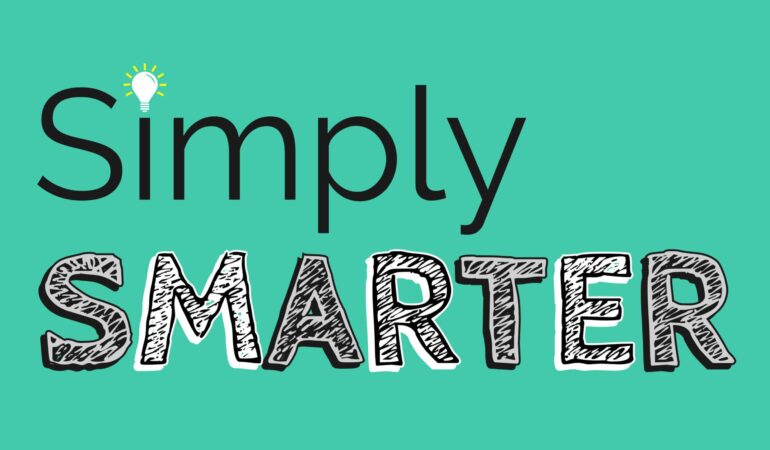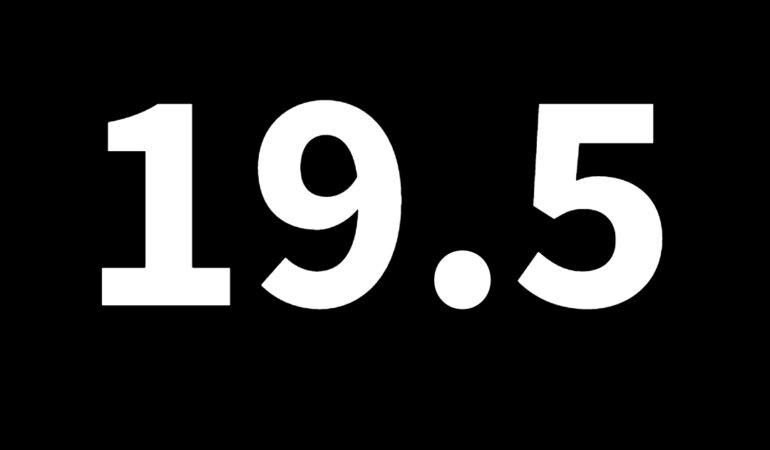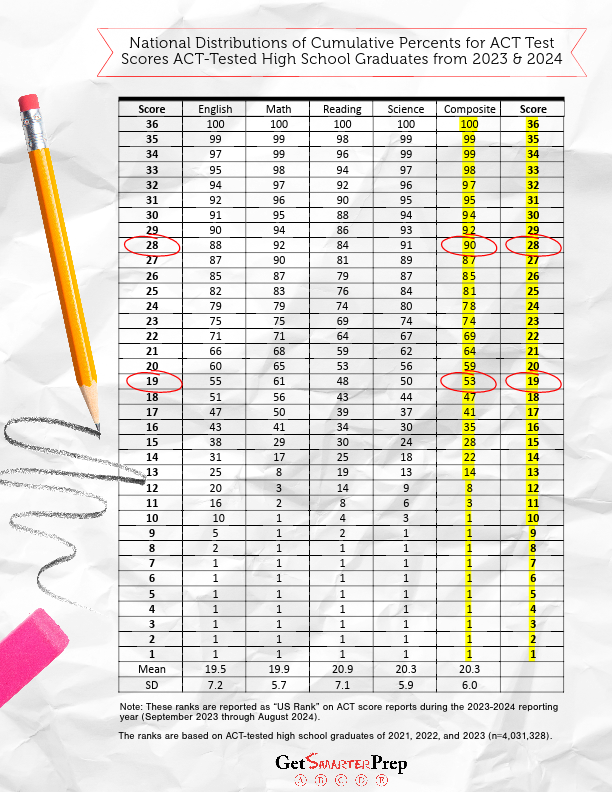Requesting ACT Accommodations
If you’re a student prepping for the ACT and need accommodations for the test, make sure you prepare well in advance since ACT has changed the way accommodations are submitted. In the past, students have submitted a request through ACT. However, to request accommodations now, students need to work with a school official since accommodations requested need to be similar to the accommodations students currently receive in school. Accommodations must still be approved by ACT BEFORE the test date.
1. Register for the test.
Login into MyACT and register for the test. Keep in mind, you will need to link a valid high school into your account before you register to allow ACT to communicate your registration to the associated school official in TAA. You can search for your high school by zip code.
After you have started the process, select ‘Yes’ when prompted to confirm you need accommodations. If you selected ‘no’, you will need to contact ACT as soon as possible to update your registration if you need to test with accommodations.
2. Submit your request for accommodations to your school official.
Once you are registered, you will receive an email that need to be forwarded onto your school official. You also need to complete a Consent to Release Information to ACT (PDF) form.
Your school official will need to submit your request for accommodations in TAA before the late registration deadline for your specific test date. This request can take up to 10 days to process.
Note: If you have approved accommodations, you do not need to submit a new request.
3. Review the notification with your school official.
Stay in contact with your school official. You can review the decision notification with your school official and if the request was denied, you have until the late registration deadline to submit an appeal.
If you haven’t received an update within 10 days, please contact your school official directly.
4. If you are approved for special testing, plan accordingly.
Students are expected to make arrangements with their school official to test within the special testing window at their own school. If your school cannot administer the test, please contact ACT to make other arrangements.
5. Be sure to print your admission ticket.
All students must upload a photo by a certain date, so be sure to do this and review your admission tickets to ensure it shows your accommodations. Double check your testing center to be certain the location provides your accommodations.












